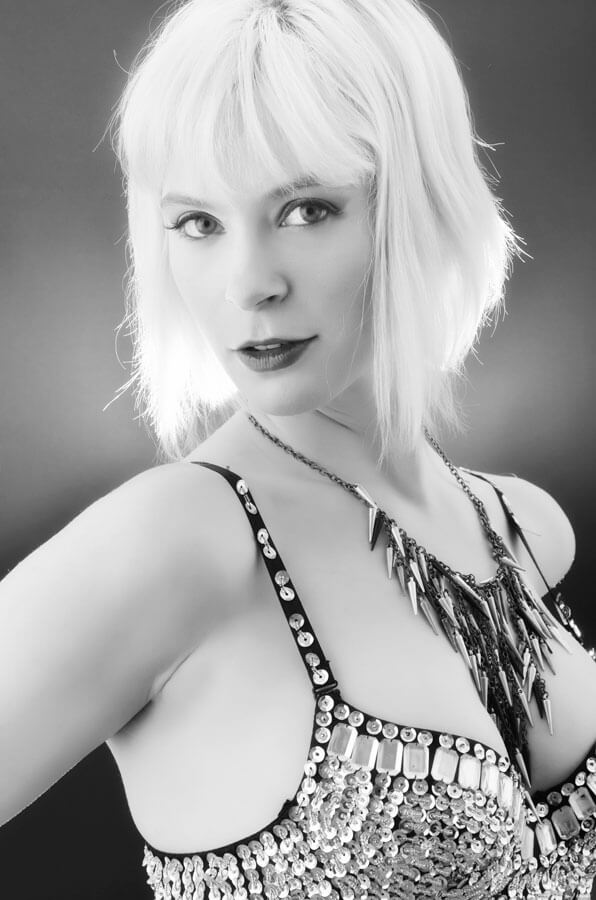Boudoir Photography in Black & White
Today’s Post by Joe Farace
 There’s a lot more to black and white photography than simply a lack of color. Traditionalists may call it “monochrome” and digital imagers prefer “grayscale,” but to paraphrase Billy Joel, “it’s still black and white to me.”
There’s a lot more to black and white photography than simply a lack of color. Traditionalists may call it “monochrome” and digital imagers prefer “grayscale,” but to paraphrase Billy Joel, “it’s still black and white to me.”
There are trendy aspects associated with creating images in black & white. TV, movies and fashion magazines periodically rediscover black and white as a way to present images that appear different from what’s being currently shown. Right now, many portrait and boudoir photographers tell me that they’re seeing a higher than normal demand for monochrome images than previously was the case.
Black & white is a wonderful media for making boudoir images because the lack of color immediately simplifies the image, causing you to focus on what the photograph is all about—the subject’s face—instead of their clothing or surroundings. And sometimes the nature of the portrait subject demands the image be photographed in black and white. I think think this is especially true for boudoir photography or intimate portraiture than for other genres because of the essential fantasy nature of this image.
 For boudoir photography, I prefer to shoot the original image with the camera set in Monochrome mode using the camera’s RAW+JPEG option. This gives me two files: one color and one monochrome that I use to show the subject what the final image will look like. Because there are so many more tones in the color (RAW) file it’s easier for retouching. Then I use different monochrome conversions tools but mostly Silver Efex Pro, which is part of Google’s NIK collection, to convert the final image to black & white.
For boudoir photography, I prefer to shoot the original image with the camera set in Monochrome mode using the camera’s RAW+JPEG option. This gives me two files: one color and one monochrome that I use to show the subject what the final image will look like. Because there are so many more tones in the color (RAW) file it’s easier for retouching. Then I use different monochrome conversions tools but mostly Silver Efex Pro, which is part of Google’s NIK collection, to convert the final image to black & white.
Joe is the author of Creative Digital Monochrome Effects that’s available from your friendly neighborhood camera store or Amazon.
Join Joe & Cliff Lawson on August 22, 2015 for a 4-hour workshop in Lighting for Boudoir & Glamour Photography. Click here for details and sign up.



